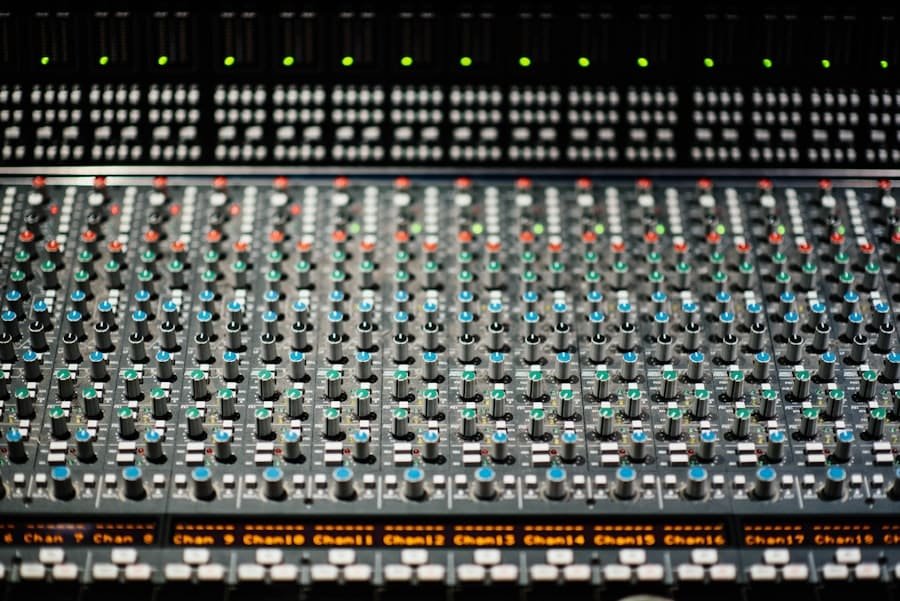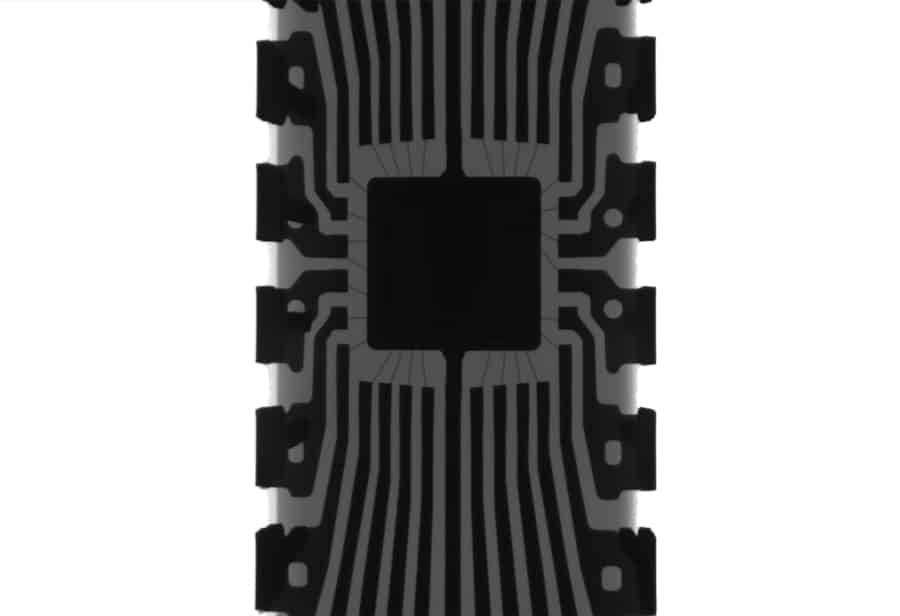Quantum error correction (QEC) is a pivotal concept in the realm of quantum computing, addressing one of the most significant challenges faced by this nascent technology: the susceptibility of quantum information to errors. Unlike classical bits, which can be either 0 or 1, quantum bits, or qubits, exist in superpositions of states, allowing them to perform complex calculations at unprecedented speeds. However, this very property makes qubits highly vulnerable to decoherence and noise from their environment, leading to errors that can compromise the integrity of quantum computations.
As quantum systems scale up, the need for robust error correction mechanisms becomes increasingly critical. The development of quantum error correction codes has emerged as a fundamental area of research, enabling the preservation of quantum information over time. These codes are designed to detect and correct errors without measuring the quantum state directly, which would collapse the superposition and destroy the information.
By employing clever encoding strategies, QEC allows for the reliable manipulation of qubits, paving the way for practical quantum computing applications. The significance of QEC extends beyond mere error mitigation; it is essential for achieving fault-tolerant quantum computation, which is necessary for realising the full potential of quantum technologies.
Summary
- Quantum error correction is essential for overcoming the inherent fragility of quantum information and ensuring the reliability of quantum computing systems.
- The principles of quantum error correction involve encoding quantum information into larger quantum systems in such a way that errors can be detected and corrected without destroying the original information.
- Quantum error correction codes, such as the Shor code and the surface code, are used to protect quantum information from errors caused by noise and decoherence.
- Quantum error correction is crucial for the development of practical and scalable quantum computing systems, as it enables the creation of fault-tolerant quantum computers.
- Quantum error correction also has applications in reliable classical computing, where it can improve the resilience of digital systems against errors and faults.
Principles of Quantum Error Correction
At the heart of quantum error correction lies a set of principles that govern how errors can be detected and corrected without disturbing the delicate quantum states involved. One of the foundational concepts is the idea of redundancy. In classical error correction, redundancy is achieved by duplicating information across multiple bits.
In quantum error correction, this principle is adapted through the use of entangled states and superpositions. A single logical qubit can be encoded into multiple physical qubits, allowing for the distribution of information across a larger system. This redundancy means that even if some qubits experience errors, the overall information can still be retrieved.
Another crucial principle is the concept of syndrome measurement. In classical systems, error detection often involves checking parity bits or using checksums. In quantum systems, however, direct measurement can lead to state collapse.
Instead, QEC employs ancillary qubits to extract information about errors without measuring the state of the logical qubit directly. This process involves performing operations that yield a syndrome—a set of bits that indicate which type of error has occurred—without revealing the actual state of the qubit being protected. By interpreting these syndromes, corrective actions can be taken to restore the original quantum state.
Quantum Error Correction Codes

Quantum error correction codes are mathematical constructs that provide a framework for encoding and protecting quantum information against errors. One of the earliest and most well-known QEC codes is the Shor code, developed by Peter Shor in 1995. The Shor code encodes a single logical qubit into nine physical qubits and can correct for arbitrary single-qubit errors.
It does this by using a combination of entanglement and redundancy, allowing for both error detection and correction through a series of operations that manipulate the encoded qubits. Another significant class of QEC codes is the surface code, which has gained prominence due to its practicality in real-world quantum computing implementations. The surface code arranges qubits on a two-dimensional lattice and uses local interactions to detect and correct errors.
Its architecture allows for high fault tolerance and scalability, making it particularly attractive for large-scale quantum computers. The surface code can correct for both bit-flip and phase-flip errors, making it versatile in addressing various types of noise that may affect qubits during computation.
Quantum Error Correction in Quantum Computing
In the context of quantum computing, error correction is not merely an auxiliary feature but a fundamental requirement for achieving reliable computation. As quantum algorithms become more complex and require deeper circuits, the likelihood of errors increases significantly. Implementing QEC allows quantum computers to maintain coherence over longer periods, enabling them to perform calculations that would otherwise be impossible due to noise.
One prominent example of QEC in action is its application in superconducting qubit systems, which are among the leading candidates for building practical quantum computers. Researchers have successfully implemented surface codes on superconducting qubits, demonstrating that they can effectively correct errors in real-time during computations. This capability is crucial for executing long-running algorithms such as Shor’s algorithm for factoring large numbers or Grover’s algorithm for searching unsorted databases, both of which require high fidelity in their operations.
Quantum Error Correction in Reliable Computing
Beyond its applications in quantum computing, QEC plays a vital role in ensuring reliability across various computing paradigms that leverage quantum principles. Reliable computing encompasses not only traditional computational tasks but also emerging fields such as quantum communication and cryptography. In these domains, maintaining the integrity of information is paramount, as any loss or corruption could have significant consequences.
For instance, in quantum key distribution (QKD), which relies on the principles of quantum mechanics to create secure communication channels, QEC ensures that transmitted quantum states remain intact despite potential interference or eavesdropping attempts. By employing QEC techniques, QKD protocols can detect and correct errors introduced during transmission, thereby enhancing security and trustworthiness in communication systems. This intersection between QEC and reliable computing highlights its broader implications beyond mere computational efficiency.
Challenges and Future Directions in Quantum Error Correction

Despite its promise, quantum error correction faces several challenges that researchers are actively working to overcome. One significant hurdle is the overhead associated with encoding logical qubits into multiple physical qubits. The resource requirements for implementing QEC codes can be substantial, leading to increased complexity and cost in building scalable quantum systems.
For instance, while surface codes are highly effective, they may require thousands of physical qubits to encode a single logical qubit adequately. Another challenge lies in developing efficient decoding algorithms that can quickly identify and correct errors in real-time during computations. As quantum systems become more intricate, the complexity of these algorithms increases correspondingly.
Researchers are exploring various approaches to streamline decoding processes while maintaining high levels of accuracy and speed. Innovations in machine learning and artificial intelligence may offer promising avenues for enhancing error correction techniques by enabling adaptive learning from error patterns.
Applications of Quantum Error Correction
The applications of quantum error correction extend far beyond theoretical constructs; they are integral to advancing practical quantum technologies across various fields. In quantum computing, QEC is essential for executing complex algorithms with high fidelity, enabling breakthroughs in areas such as drug discovery, materials science, and optimisation problems that are currently intractable for classical computers. In addition to computing applications, QEC plays a crucial role in quantum communication networks.
As these networks expand globally, ensuring secure transmission of information becomes increasingly important. Quantum error correction enables reliable communication channels that can withstand environmental noise and potential eavesdropping attempts. Furthermore, as researchers explore distributed quantum computing architectures—where multiple quantum processors collaborate—QEC will be vital for maintaining coherence across interconnected systems.
The Importance of Quantum Error Correction in Advancing Computing Technology
Quantum error correction stands as a cornerstone in the evolution of quantum technologies, addressing one of the most pressing challenges faced by researchers and engineers alike. By providing robust mechanisms for detecting and correcting errors without compromising the delicate nature of quantum states, QEC enables reliable computation and communication in an inherently noisy environment. As advancements continue to unfold in this field, the implications for both theoretical research and practical applications are profound.
The ongoing development of more efficient QEC codes and decoding algorithms will play a crucial role in realising scalable quantum computers capable of tackling complex problems across various domains. Moreover, as industries increasingly recognise the potential of quantum technologies—from pharmaceuticals to finance—the importance of reliable error correction mechanisms will only grow. Ultimately, quantum error correction not only enhances computational capabilities but also serves as a bridge towards a future where quantum technologies become integral to everyday life.
In addition to exploring quantum error correction and its role in reliable computing, it is important for businesses to consider the impact of their public relations strategies on global exposure. A recent article on 6 Ways to Get Global PR Exposure provides valuable insights into how companies can effectively reach a wider audience and enhance their brand reputation on a global scale. By implementing these strategies alongside advancements in quantum computing, businesses can ensure they are well-positioned for success in the digital age.
FAQs
What is quantum error correction?
Quantum error correction is a set of techniques and protocols designed to protect quantum information from errors caused by decoherence and other quantum noise.
Why is quantum error correction important?
Quantum error correction is important because quantum information is extremely fragile and susceptible to errors. Without error correction, quantum computers would be unable to reliably perform complex computations.
How does quantum error correction work?
Quantum error correction works by encoding quantum information into a larger quantum system in such a way that errors can be detected and corrected without destroying the information.
What are some examples of quantum error correction codes?
Some examples of quantum error correction codes include the Shor code, the Steane code, and the surface code.
What is the role of quantum error correction in reliable computing?
The role of quantum error correction in reliable computing is to ensure that quantum computers can perform computations accurately and consistently, despite the inherent noise and errors present in quantum systems.
